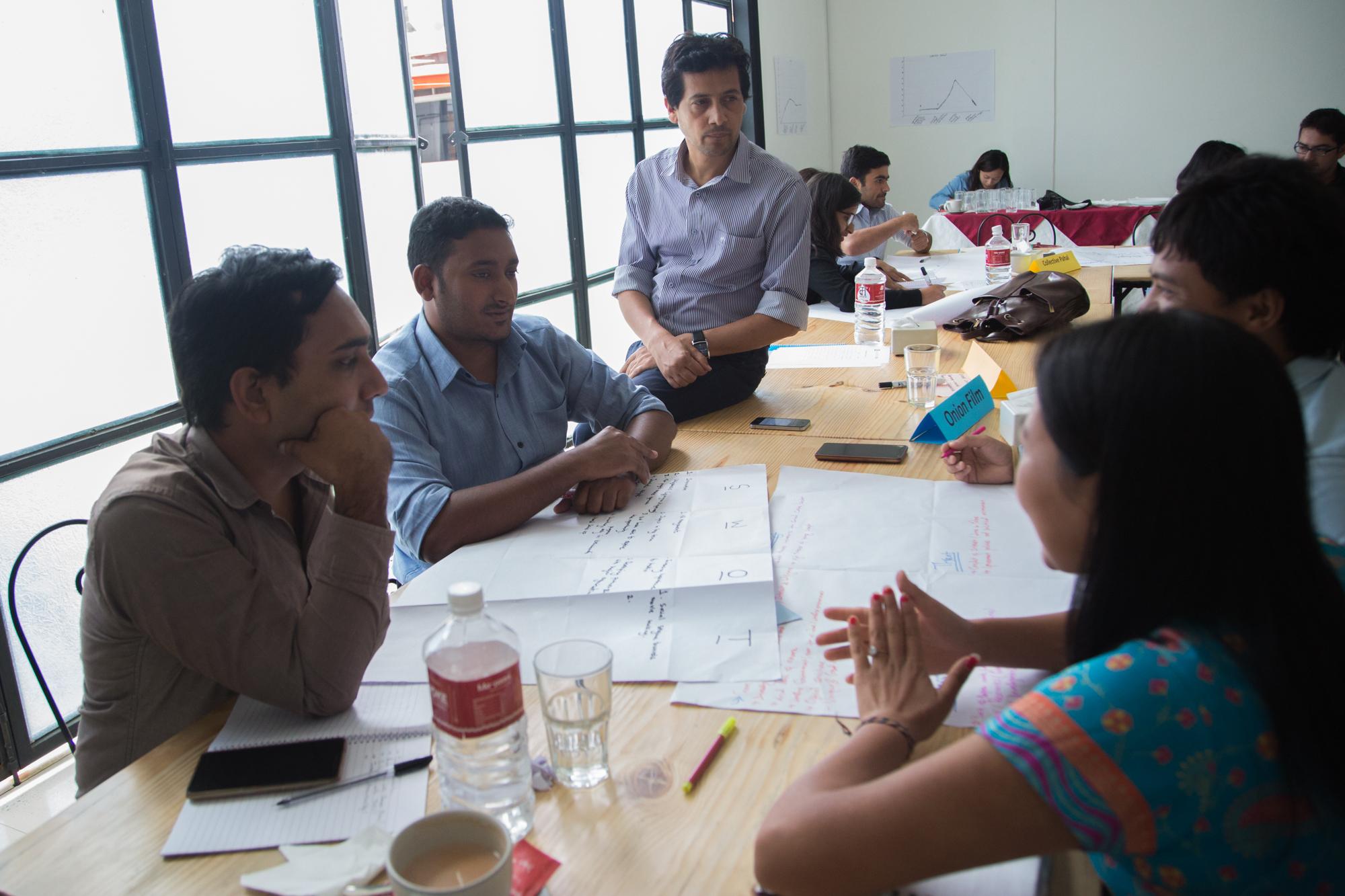U4 Issue
Theories of change in anti-corruption work: A tool for programme design and evaluation
Governments and donor agencies are under increasing pressure to show hard evidence that their interventions are effective and good value for money. Anti-corruption is a challenging field in this regard, with few evidence-based models to draw upon, so both the design and the evaluation of programmes need to be supported by good analytical frameworks. The theory of change (ToC) approach focuses on how and why an initiative works. Constructing a ToC enables government and donor staff to identify the logic underpinning their programmes and clarify how interventions are expected to lead to the intended results. The paper presents a user-friendly five-step methodology for building a theory of change for a programme or project. It highlights the importance of preconditions, factors that must be in place for the intervention to work as intended, distinguishing between those preconditions that can be addressed by the programme design and those that cannot. Finally, the paper provides general and sector-specific guidance based on case studies of programmes in three areas: anti-corruption authorities, civil society work, and public sector reforms. Adding complexity as well as realism, the theory of change methodology is a valuable tool for designing, implementing, and evaluating anti-corruption reforms.

Cite this publication
Johnsøn, J. (2012) Theories of change in anti-corruption work: A tool for programme design and evaluation . Bergen: Chr. Michelsen Institute (U4 Issue 2012:6) 46 p.
Disclaimer
All views in this text are the author(s)’, and may differ from the U4 partner agencies’ policies.
This work is licenced under a Creative Commons Attribution-NonCommercial-NoDerivatives 4.0 International licence (CC BY-NC-ND 4.0)


